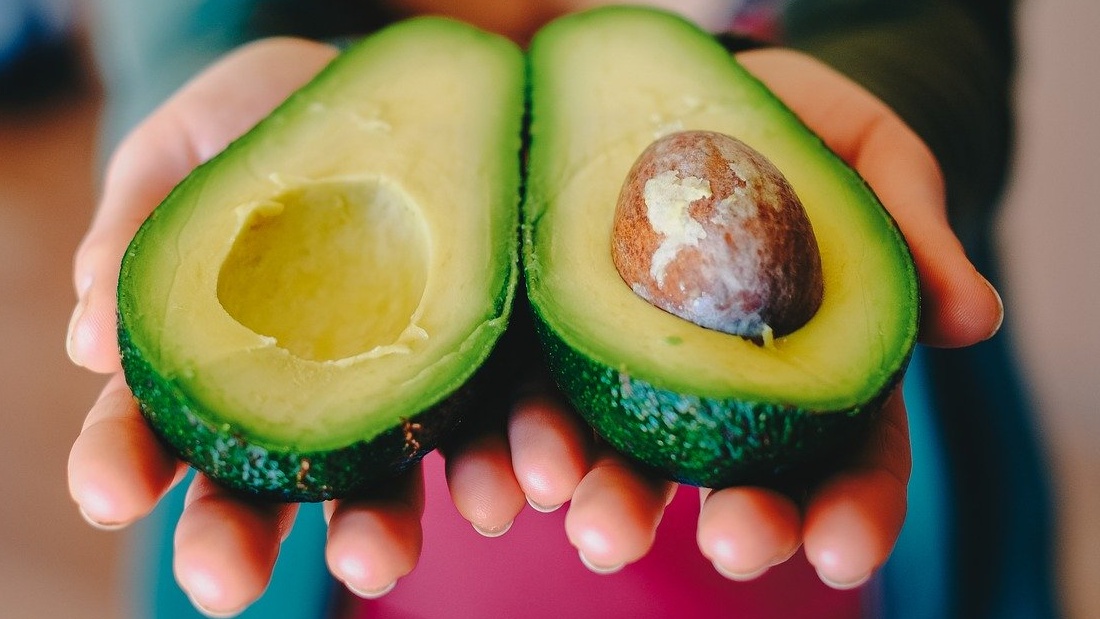Vitamin B5 (pantothenic acid)

How much do you need daily?
Dietary reference values for vitamin B5 (pantothenic acid) have not been established in the UK. Deficiency of this vitamin is extremely rare, even during pregnancy and lactation, because it occurs in so many foods. Our requirements are considered to be adequately met by the diet.
The European Food Safety Authority (EFSA) have set an adequate intake for adults at five milligrams per day (this also applies to pregnant women). For lactating women, seven milligrams per day is suggested, to make up for losses in breast milk. For infants over six months, three milligrams a day is proposed. For children and adolescents, four and five milligrams per day, respectively, are proposed.
The government recommends the following intakes
The European Food Safety Authority (EFSA) recommends the following intakes:
| Age | Adequate daily intake of vitamin B5 (pantothenic acid) as set by EFSA (milligrams) |
|---|---|
| Children under 10 years | 1.7-3 |
| Teenagers | 5 |
| Men | 5 |
| Women | 5 (no increase in pregnancy) |
| Breastfeeding | +2 |
Are we getting enough?
There is no evidence of vitamin B5 (pantothenic acid) deficiency within the general UK population, even during pregnancy and lactation.
Why do we need it??
Vitamin B5 (pantothenic acid) is crucial to many metabolic reactions, including energy release from foods, hormone synthesis and a healthy immune system. Many of these functions have to do with the fact that pantothenic acid is used to synthesise a molecule called Coenzyme A (CoA), upon which many life-supporting, essential reactions in the human body depend.
Luckily, the active vitamin is present in virtually all plant cells, so it’s easy to get enough of it through diet alone. There’s not enough evidence to know what the effects might be of taking high daily doses of pantothenic acid supplements but taking 200 milligrams or less a day of pantothenic acid in supplements is unlikely to cause any harm.
Do I need a supplement?
No, a healthy vegan diet containing the foods below on a daily basis will cover your needs.
The best plant sources

The best plant sources of vitamin B5 include nutritional yeast, fortified vegan breakfast cereals, avocado, acorn squash, plantain, baked potato, corn on the cob, sweet potato, mushrooms, oranges, mange-tout peas, pecan nuts, oatmeal or rolled oats and chestnuts.
Nutritional yeast is a food additive that can be used as a condiment or ingredient. It is made from yeast grown on molasses and then harvested, washed and heated to kill or ‘deactivate’ it. It doesn’t froth or grow like baking yeast as it is inactive. It is sold in tubs of flakes that can be sprinkled on dishes or added to sauces. Very popular with vegans, it even has its own nickname – nooch! A five gram teaspoonful of nutritional yeast provides 140 per cent of your daily requirement of vitamin B5. Buy one that’s fortified with vitamin B12 to cover all bases!

Signs of deficiency
Deficiency of vitamin B5 in humans is extremely rare. Signs of deficiency include feeling tired and dizzy, headaches, mood swings and digestive problems. Historically, pantothenic acid deficiency is implicated in the ‘burning feet’ syndrome experienced by severely malnourished prisoners of war.
Foods to include
The amount of B5 in each food may appear low but given that it is found in most foods, variety is key. If you eat a varied diet, you will get enough.
| Food | Milligrams of vitamin B5 (pantothenate) per serving | % of adequate intake for adults (5 milligrams) |
|---|---|---|
| *Nutritional yeast with B12 (5g serving) | 7.0 | 140 |
| Fortified vegan breakfast cereals (Shreddies, medium portion, 50g) | 1.9 | 38 |
| Avocado (1 medium, 145g) | 1.6 | 32 |
| Acorn squash (baked, 1 cup, 205g) | 1.0 | 21 |
| Plantain, fried (1 cup, 118g) | 0.9 | 17 |
| Baked potato (medium with skin, 180g) | 0.8 | 17 |
| Corn on the cob (kernels only, 125g) | 0.8 | 16 |
| Sweet potato, boiled (two medium, 130g) | 0.7 | 14 |
| Mushrooms, fried (average portion, 44g) | 0.6 | 12 |
| Oranges (1 medium, 160g) | 0.6 | 12 |
| Mange-tout peas, boiled (medium portion, 80g) | 0.5 | 11 |
| Pecan nuts (5 nuts, 30g) | 0.5 | 10 |
| Oatmeal or rolled oats (40g portion) | 0.5 | 10 |
| Chestnuts (5 whole nuts, 50g) | 0.3 | 5 |
Calcium pantothenate is the calcium salt of pantothenic acid (vitamin B5).
Source: Public Health England: McCance and Widdowson’s The Composition of Foods Integrated Dataset, *Engevita, Marigold Health Foods Ltd.
Additional information
The name pantothenic acid derives from the Greek pantothen, meaning ‘from everywhere’ as small amounts of pantothenic acid are found in nearly every food.
This post has been categorised in: A-Z of nutrients, A-Zs, Health




